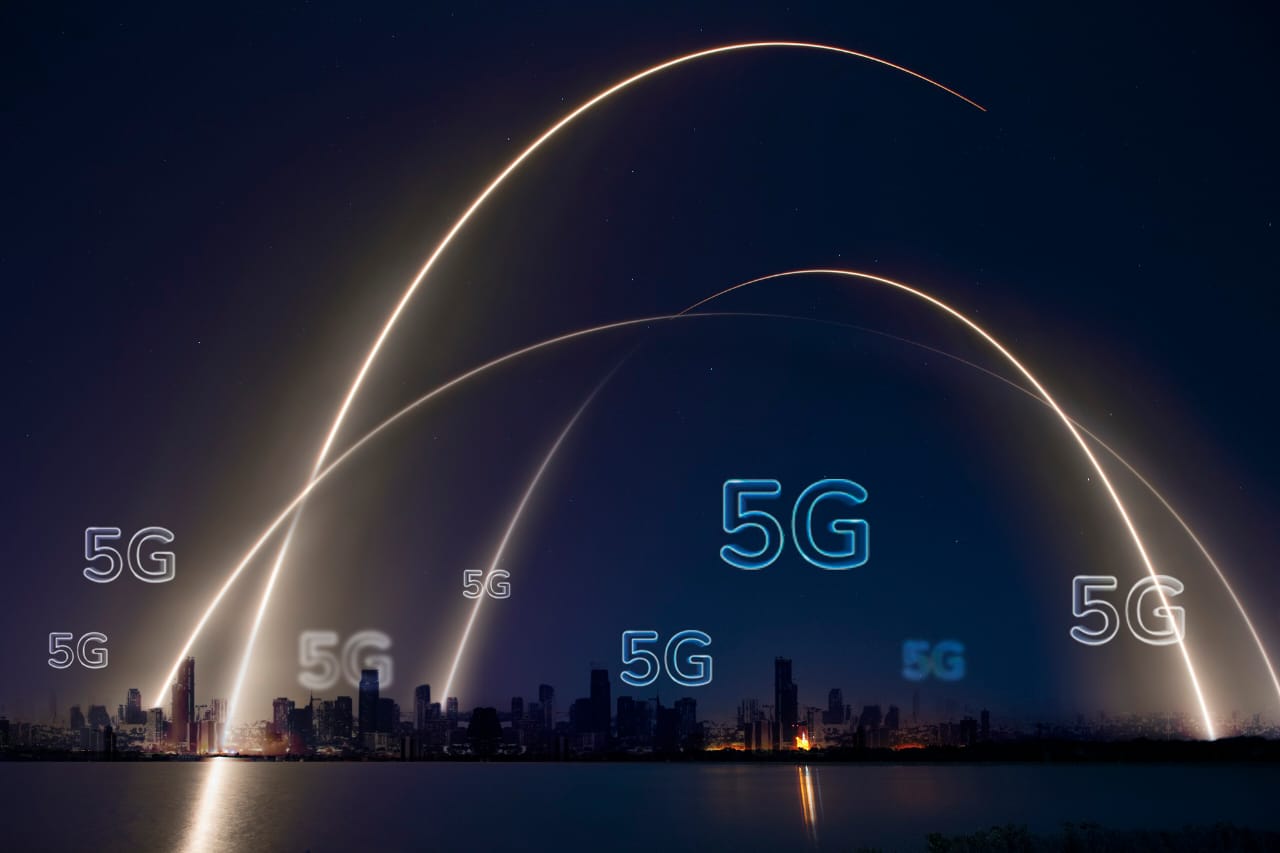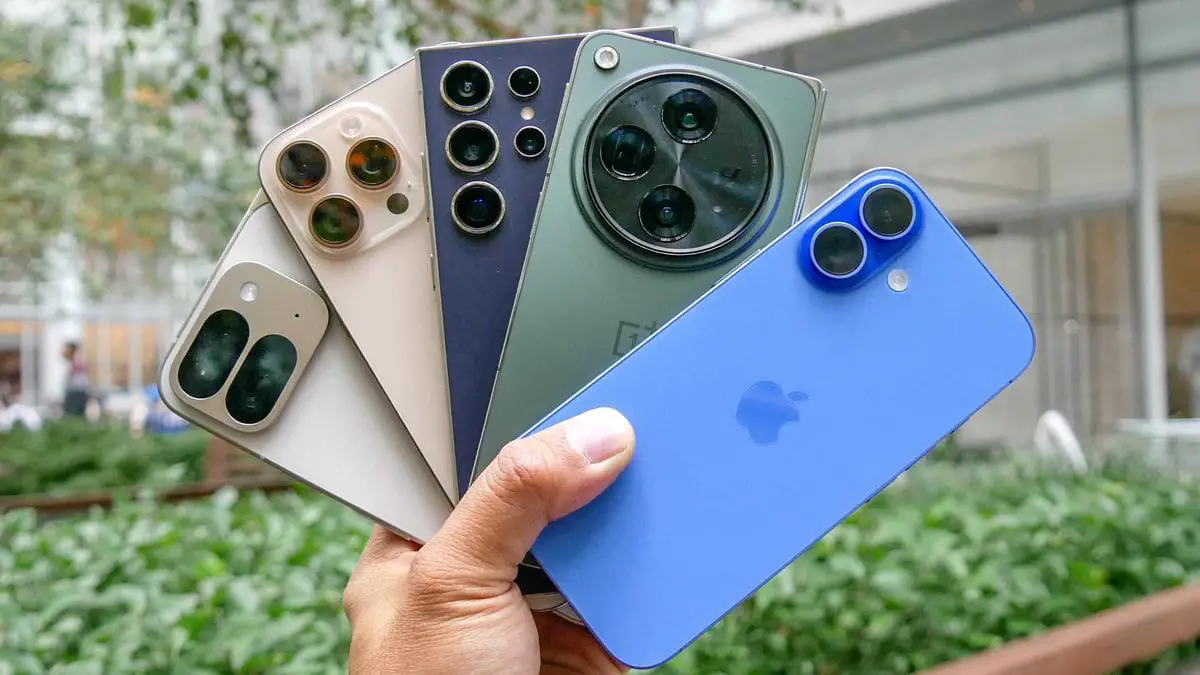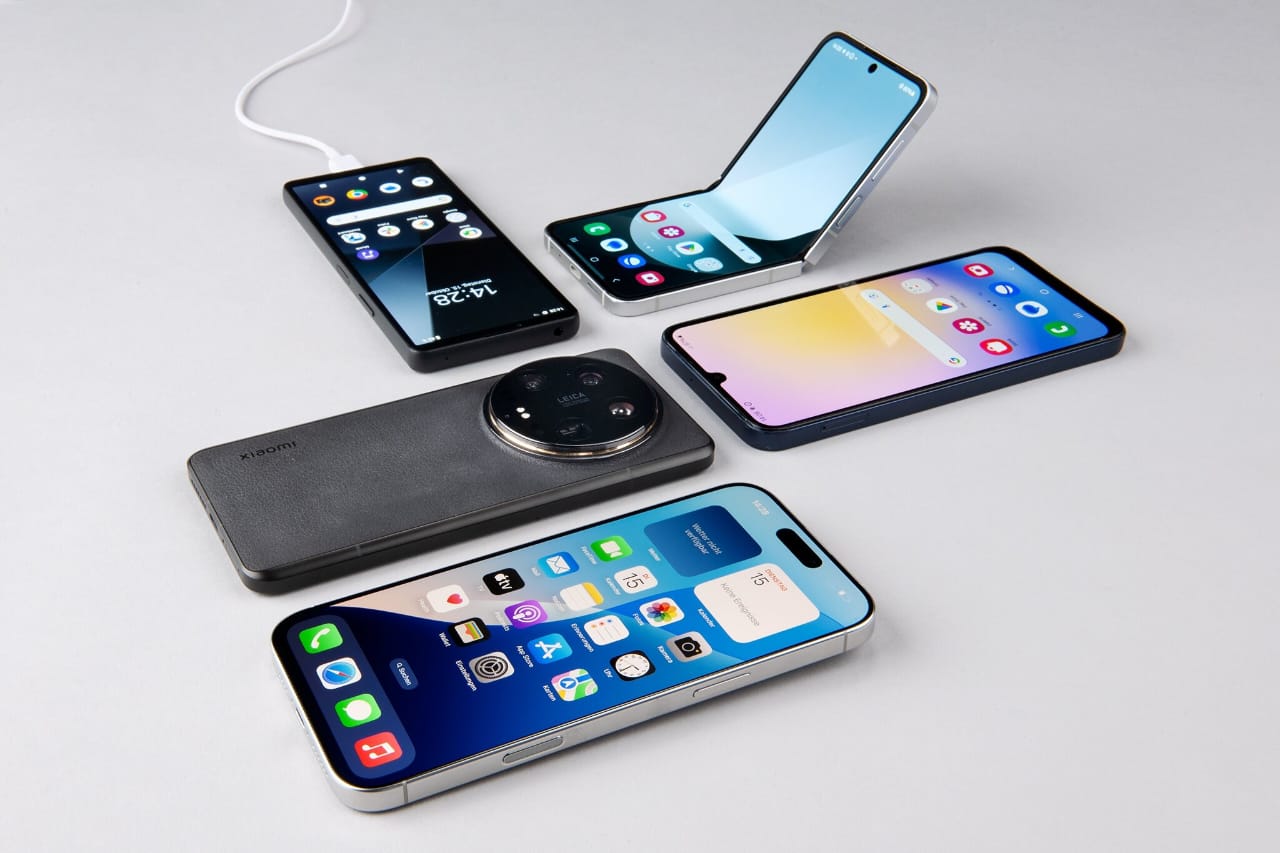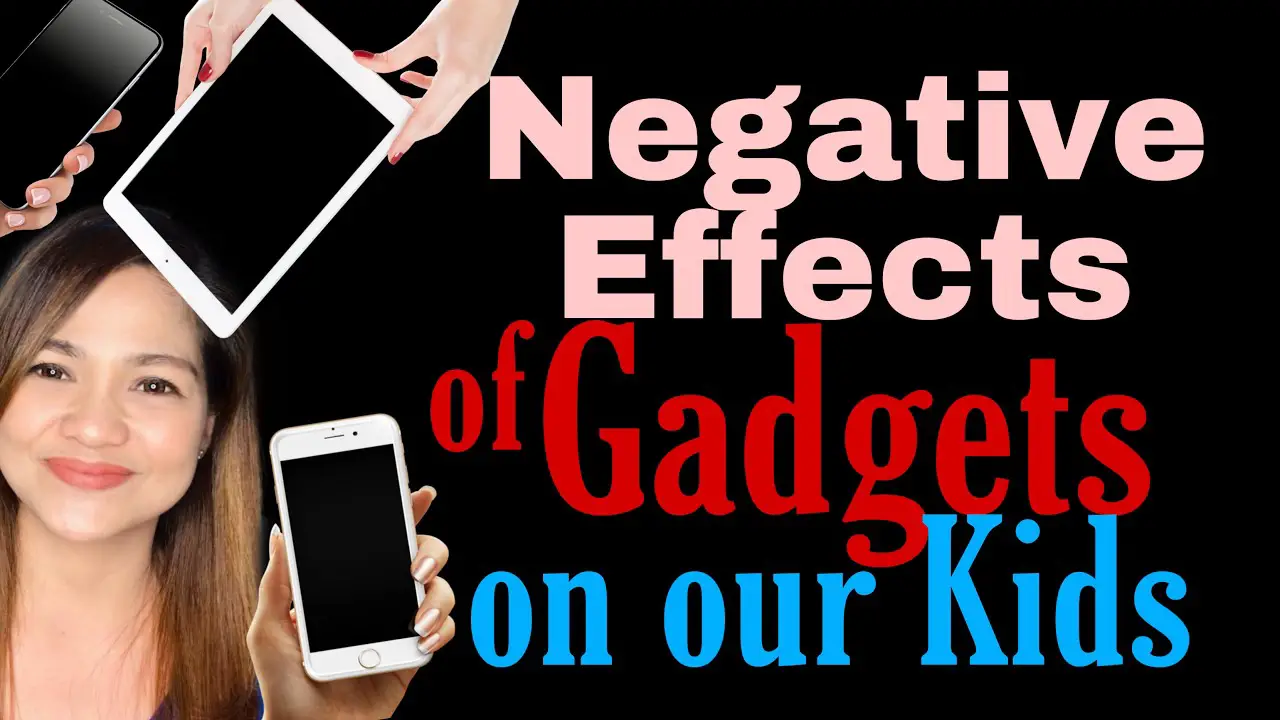Imagine a world where you can download an interactive 3-D video in a few seconds, a smart home anticipates your needs, And autonomous vehicles take you safely to your destination. It is a world of fifth generation (5G) broadband technology. It promises speeds in excess of 100 megabits per second, greater data bandwidth, and less delays due to built-in computing intelligence that handles data very efficiently.
This new era of 5G will bring together better connectivity, cloud-based storage and a range of connected devices and services. The extensive computing capability combined with virtual system architecture will open a mobile Internet of Things (IoT). Advanced digital networks will bring a system that combines billions of devices and sensors enabling progress in health care, education, resource management, transportation, agriculture and many other fields. Although most of these works are underway today, we will soon see great progress at the 2018 Winter Olympics. Korean mobile operators will provide Internet service there at ultra-fast rates of 20GB per second. Other developed countries are expected to offer commercial 5G networks by 2020. The number of digital devices is expected to increase dramatically, connecting most of the world.
In this article, I show how 5G differs from previous generations of progress (3G and 4G), discussing emerging applications in health care, And demonstrate how these developments will enable new systems of care delivery. I show that connected medicine will help people receive quality care through imaging, diagnostics and treatment improvements. In the near future, consumers and businesses will have a more intensive relationship with their digital devices, And this will allow them to receive high quality medical care in real time and at affordable prices. Instead of having uneven and separate computing equipment, the 5G world will allow us to enter an era where real-time health services will become the norm rather than the exception. 5G technology will bring patients closer to the science fiction concept of digital integration than ever before.
How is 5G Technology different from 3G and 4G
5G cellular network technology is not just an extension of 3G and 4G. Instead, it is a transformative ecosystem comprised of a heterogeneous network that integrates 4G, Wi-Fi, millimeter wave, and other wireless access technologies. It combines cloud infrastructure, a virtualized network core, intelligent edge services, and a distributed computing model that derives insights from data generated by billions of devices. According to Asha Keddie, vice president of the Platform Engineering Group and general manager of Next Generation and Standards at Intel, “5G is much better than 4G. This is very transformative. With 5G, we will be moving from a user-centric world to massive machine-type communications where networks will reach millions to billions of devices – an era that will intelligently connect these devices and modernize information and intelligence will start.
The emerging networks take advantage of a variety of interfaces across licensed, licensed, shared and unlicensed spectrum in the low, mid and high frequency bands. According to the design, this will not only increase capacity, but will also enable the smallest devices to perform high-level calculations and instantly connect to the processing power spread throughout the system.
It is important to note that 5G is an end-to-end system that transfers communications across computing platforms. 5G represents the evolution of a point-to-point system that receives data from billions of devices and works to seamlessly move those communication packets to the right device using appropriate processing platforms.
Four factors distinguish 5G cellular network technology from its predecessors: connected devices, fast and intelligent networks, back-end services, and extremely low latency. These properties enable a fully connected and interactive world with a wide variety of applications. This includes advanced mobile broadband, machine-to-machine communications, artificial intelligence and advanced digital services.
50 billion devices and 212 billion sensors
By 2020, the 5G network is expected to support 50 billion connected devices and 212 billion connected sensors, as well as enable access to 44 zetabytes (ZB) data. This will range from smartphones and tablets to smartwatches, cars, machinery, equipment and remote monitoring devices. All these will generate huge amounts of “useful data” that can be analyzed। Indeed, researchers estimate that this connected ecosystem will make it possible to use a much higher number percentage of digital data (35 percent) than before (5 percent).
Connected devices will enable people to enjoy more personalized, more intense and more advanced experiences whenever and wherever they are with the cost of equipment and sensors significantly reduced, connectivity will become ubiquitous and unobtrusive. Instead of making conscious decisions to issue computing commands, people will have systems that take action based on that person’s predetermined priorities.
A wide range of network sensors will connect devices, home security systems, energy grids and entertainment systems to the Internet. People will not need to stay at home to turn on or off the security alarm. They can also change their thermostat from miles away. They can determine which foods are lacking in their refrigerator. Connecting wireless sensors to all their devices will also turn even the smallest devices into mini computers. This will help individuals to use the power of the Internet for a wide variety of tasks.
Fast, Intelligent networks
High broadband speeds and intelligent networks will be characteristic of 5G networks. Currently, it takes about eight minutes to download a feature movie using 4G cellular network technology; People will be able to do this in less than five seconds with 5G.10. Network speeds will enable applications such as social gaming, interactive television, high definition and 3-D video, virtual reality, robotics, driverless cars and advanced manufacturing.
The billions of devices that will be online will not need to transfer all the data at once. Some applications require immediate communication, while others may transmit during off-peak hours. Having networks that automatically prioritize data traffic and make decisions quickly is critical for a 5G world.
5G cellular network technology will have digital hubs designed to handle traffic flows. Sophisticated tools will assess alternative routes for data and decide which route is most efficient given the time of day, the type of information being delivered, and the infrastructure required. Most of these tasks will be executed in the background and therefore invisible to the individual user. People will be free to focus on usage, not on the digital engines that power the ecosystem.
Intelligent networks are a key aspect of defining 5G and will direct traffic and configure systems in ways that facilitate efficient navigation and decision making. But 5G will also transmit intelligence across networks and the application of data analytics will be an obvious part of distributed services. 5G will enable real-time aggregation and analysis, allowing users to make sense of data to optimize and optimize the performance of each application.
Back-end services
The emerging network will integrate back-end data centers, cloud services, and remote file servers into one computational giant. “There will be computing technology systems at the edge,” meaning calculations can be done near the source or in the cloud, depending on the immediate need. These 5G networks technology innovations will allow applications to process content quickly and provide a very responsive experience. This will make computing more affordable, more efficient and we will see savings on storage costs, plus, as devices get into the hands of users, data center network infrastructure and cloud services will meet new business needs. These are developed to be optimized so that the software can perform complex tasks and network functions without being tied to physical hardware. This increases network agility, and allows fast and optimized configuration.
Low Latency
Latency refers to the time between the time people request a computing command to be executed and the actual execution of that task. In today’s mobile world, execution takes about 50 to 80 milliseconds. That’s enough time for voice, email and web surfing, which make up the bulk of current usage.
However, with the advent of 5G, the goal is to reduce that lag to a few milliseconds. This lower latency means that the current user experience will be improved. Webpages or mobile applications will load very quickly and transactions will be processed instantly. This also means that new services and experiences will be possible. For example, autonomous car technology, which allows a vehicle to sense its environment and navigate without human input, requires very high speeds of digital computation. Even small delays from vehicle sensors can have disastrous consequences.
In a related vein, fast downloads are essential for current video streaming and high-definition television. Users become frustrated when their screen freezes and movies get interrupted. 5G will improve the user experience and also, allow new applications involving virtual reality, augmented reality and multiplayer games that require very low latency times. Whether the goal is training, public safety or entertainment, these online platforms require fast engagement to function properly. Functions that harm the user experience become disrupted and it becomes more difficult to reap the benefits of 5G applications.
Read Also:
- 20 Multiple Indian companies working on 5G technology
- 5G Wireless Technology
- 5G| Definition, Speed, Benefits, Health Concerns & Conspiracy Theories
- What are The Features and Benefits of 5G Technology
- What is 5G? Everything You Need To Know








Leave a Reply